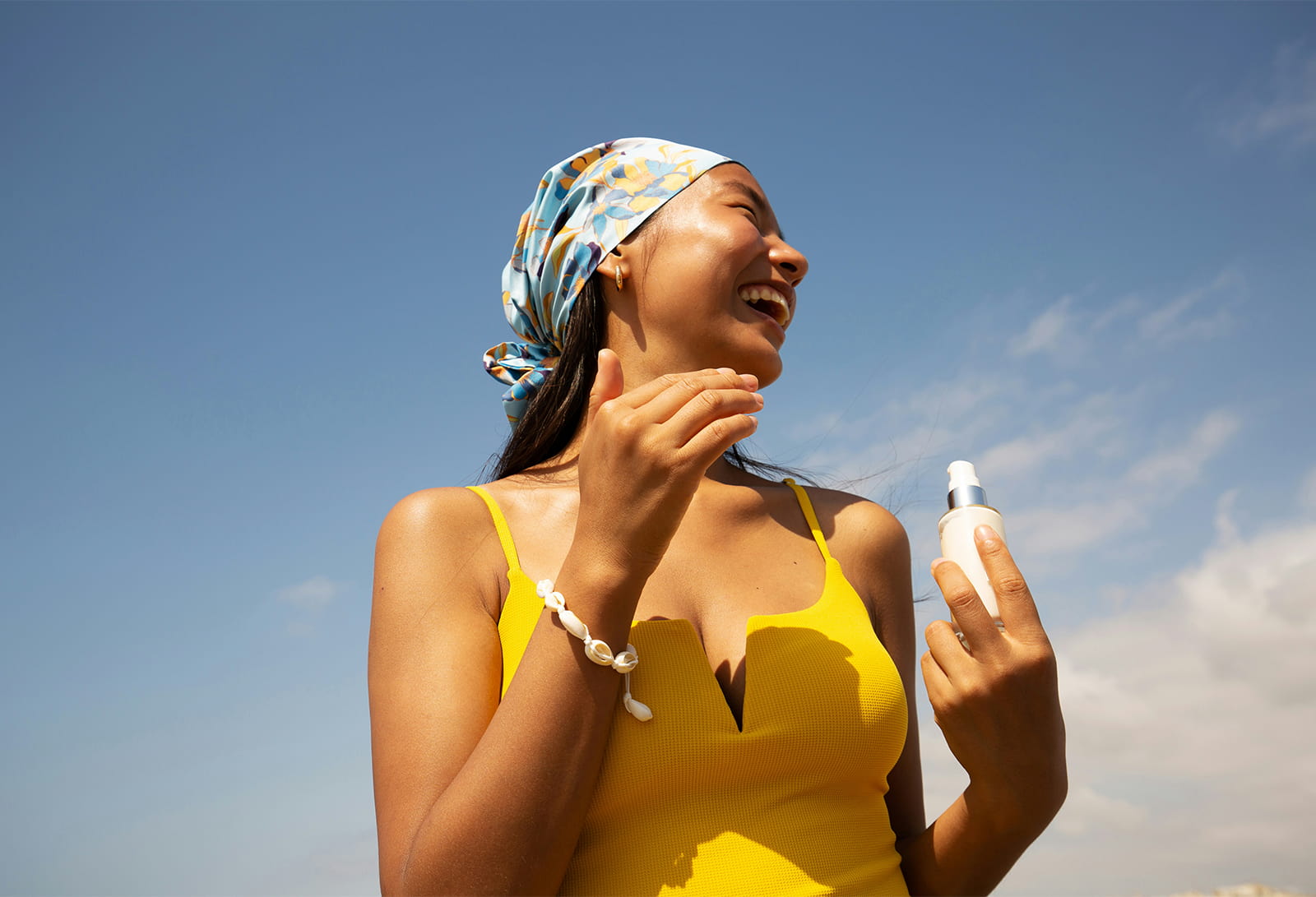The K-beauty industry, known for its innovative formulations, detailed skincare routines, and focus on natural and radiant skin, is experiencing another wave of popularity. This has disrupted the US cosmetics market, as American consumers are more interested in skincare than makeup, adopt multistep skincare routines, and are looking for products with ingredients that are both gentle and effective. In 2023, the global K-beauty market was worth $12.54 billion. It’s expected to grow at a compound annual growth (CAGR) rate of 8.43%, to reach $25.98 billion by 2032.
A significant factor in the renewed interest in K-beauty is the growth of e-commerce. Also, Korean culture is prevalent on various e-commerce platforms, which has made overseas markets more accessible for Korean brands. As well as this, a report highlighted that Korean media has increased interest in K-beauty, with a massive 92% of TikTok users saying they are now more interested in Korean beauty products because of K-drama/K-pop.
One K-beauty product that is capturing the attention of US consumers is the K-sunscreen range. With a growing emphasis on sun protection, Korean sunscreens are becoming popular among shoppers. Brands with these products have seen significant growth in searches on Google over the last year.
K-sunscreens are flourishing on social media. The search term “Korean sunscreen” gets millions of views per week on TikTok. Popular products include Skin1004’s Madagascar Centella Sun Serum, Round Lab’s Birch Juice Moisturizing Sun Cream, Haruharu’s Black Rice Moisture Airyfit Daily Sunscreen, and Isntree’s Hyaluronic Acid Watery Sun Gel.
A significant reason why consumers are turning to K-sunscreens is because of their innovative formulations. These products are formulated to go beyond sun protection and instead be an extension of skincare. K-sunscreens are typically a milky texture and contain ingredients known for their anti-aging, anti-inflammation, environmental protection, and moisturizing benefits.
K-sunscreens are also appealing to US consumers because they are affordable. In the past two years, the prices of Western sunscreens have increased by 30%. However, 67% of consumers have stated they would use sunscreen more regularly if products were less expensive.
However, entering the US market does come with challenges for K-beauty brands. If they want to market their products officially as sunscreens in the US, they must comply with strict FDA rules. Due to these hurdles, some K-beauty brands have avoided FDA regulations by shipping to the US from Korea, although this isn’t technically compliant with FDA rules.
Despite these challenges, there is a demand for regulatory reform to allow more K-beauty sunscreens into the US market and to benefit the domestic sunscreen market overall. In response to this, Korean brands are now innovating in the mineral sunscreen category to cater to demands for more natural ingredients that are safe for both skin and environment.
In conclusion, the rise of K-beauty and K-sunscreens gives significant opportunities, as well as substantial challenges for US and K-beauty businesses wanting to sell in the US market. If both American and Korean businesses can navigate these complexities, they are well placed to benefit from the ongoing K-beauty trend that looks set to continue.





![“Kerassentials Review” : [My Updates Reviews 2024] — Does It Work & Is It Safe? 4 049e8bfe 6112 4c16 aa9b b331dee37d90 “Kerassentials Review” : [My Updates Reviews 2024] — Does It Work & Is It Safe?](https://beautinews.com/wp-content/uploads/2024/10/049e8bfe-6112-4c16-aa9b-b331dee37d90.jpg)